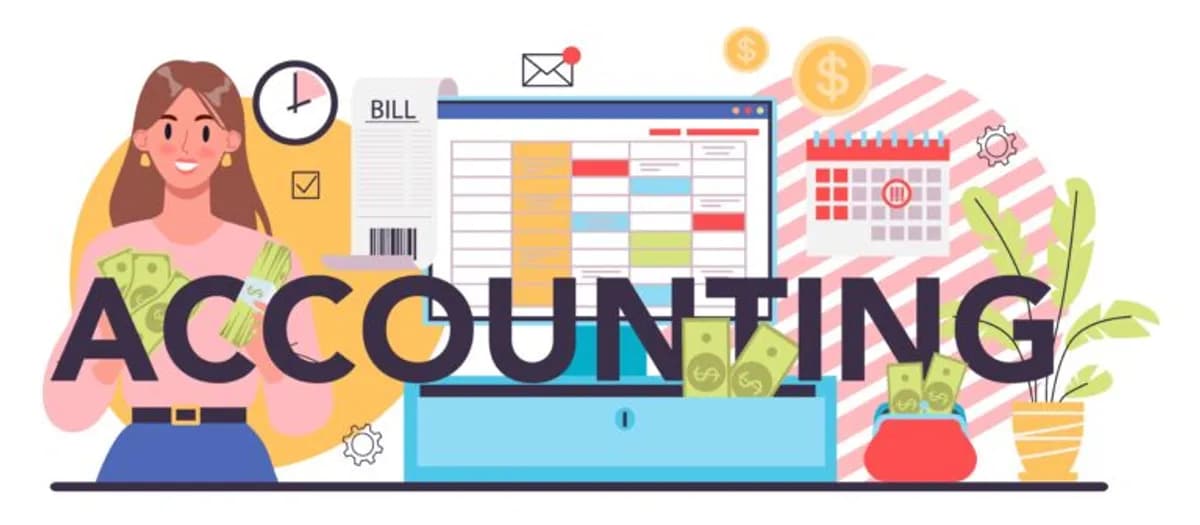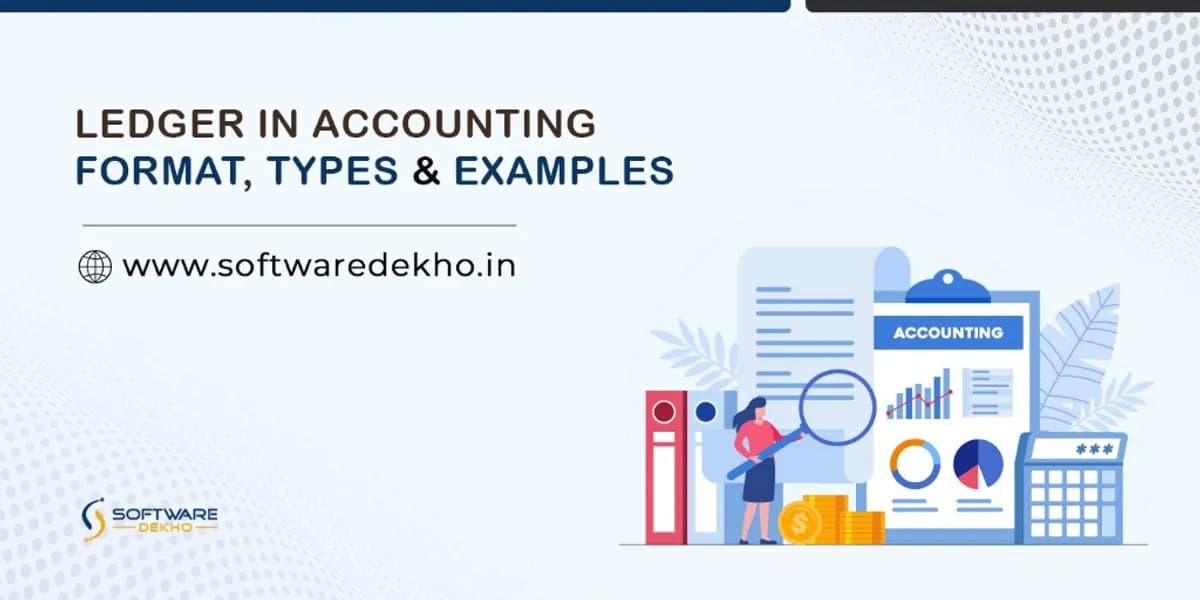6 Important Steps in the Accounting Cycle
When we talk about the accounting cycle meaning, its completely depends on the proper analytics of the financial transactions. These are the economic events that directly impact a company's financial health. Examples include Sales and Purchase and paying salaries. Every transaction influences at least two accounts within the accounting system: assets, liabilities, equity, revenue, or expenses.
It is essential to have proper documentation to maintain accurate records. Receipts, invoices, and bank statements are essential evidence of the transaction. This documentation provides a clear picture of the business, ensuring the accounting cycle accurately reflects the company's true financial health.
Importance of the Accounting Cycle?
- Proper Financial Reports: The cycle ensures your financial statements, like the income statement and balance sheet, are accurate and reliable. These statements are essential for investors, creditors, and government agencies to assess their company's health and performance.
- Improves Decision: Well-maintained financial database helps you to make clear business decisions. Whether it's budgeting, resource allocation, or finding the area for improvement, the accounting cycle provides the insights you need to navigate your business strategically.
- Compliance with Regulations: Many businesses are required by law to maintain proper accounting records. A properly maintained accounting cycle ensures you comply with these regulations and avoid potential legal or financial penalties.

6 Steps of the Accounting Cycle
These six essential steps can ensure accurate financial reporting, make informed decisions, and effectively communicate the accounting cycle steps with stakeholders.
Step:1 Transaction Analytics
The accounting cycle is a structured process for documenting, recording, summarizing, and analyzing your company's financial activities within a specific timeframe. These six essential steps can ensure accurate financial reporting, make informed decisions, and effectively communicate about the accounting cycle with stakeholders. It's important to discuss the accounting cycle to understand how each step contributes to maintaining financial records and ensuring the company's financial health.
As mentioned before, analyzing transactions is the foundation of the accounting cycle process, directly influencing your business's financial well-being. Examples include buying inventory, earning sales revenue, or disbursing employee salaries. Every transaction impacts at least two accounts in the accounting system, classified as assets, liabilities, equity, revenue, or expenses.
Step 2: Recording Transactions
Every business needs a clear record of debit and credit. These transactions records in a special book called a general journal (Bahi-Khata). It's like a logbook for your business finances.
In this journal, you write down the date of each transaction, the specific accounts involved (like cash, inventory, or sales), and the amount in rupees for each one.
To ensure everything adds up correctly, we use a system called double-entry bookkeeping. Every transaction has two sides – a "giving" and a "taking" side. Debits represent money leaving the business (like buying supplies) and credits represent money coming in (like customer payments). This way, the total debits always equal the total credits, which helps you keep track of your finances accurately.
Step 3: Posting to the General Ledger
The general ledger acts as a detailed record book for all your business accounts. It's like a central filing system where each transaction is categorized and posted to its specific account. It works as below:
The general ledger typically categorizes accounts into five main types:
- Assets: Resources owned by the business (cash, inventory, equipment)
- Liabilities: Debts owed by the business (accounts payable, loans)
- Equity: Owner's investment in the business
- Revenue: Income generated from business activities (sales revenue)
- Expense: Costs incurred in running the business (salaries, rent)
Step 4: Preparing an Unadjusted Trial Balance
Consider the unadjusted trial balance as a checkpoint in the accounting cycle. Its purpose is to check if the general ledger's math is correct.
An unadjusted trial balance is a report that summarizes the total debits and total credits for all accounts in the general ledger. If all transactions have been recorded correctly using the double-entry system, the total debits should equal the total credits. This balance ensures the data integrity of your financial records before proceeding further.
A trial balance that doesn't match means there might be mistakes in how transactions were recorded. These mistakes must be found and fixed before going further.
Step 5: Preparing Adjusting Entries
After learning about transactions and keeping records, Step 5 involves making changes to those records if needed. Adjusting entries helps to show the true financial situation of the company at the end of the accounting period.
Entries made to update financial records ensure the accuracy of the company's statements, capturing overlooked transactions and outstanding obligations.
- Accruals: These represent expenses incurred but not yet paid or revenue earned but not yet received. For instance, if salaries haven't been paid to employees for the current period, accrued salaries exist. An adjusting entry would debit Salaries Expense (an expense account) and credit Salaries Payable (a liability account) to reflect this accrued expense.
- Prepayments: These are the opposite of accruals. They represent expenses paid in advance or revenue received in advance. Example: You prepay rent for your office space for the next three months
Step 6: Financial Statements & Closing the Books
Let's get down to business and gather all the financial data to see how the company is faring financially.
Creating Financial Reports:
Financial reports are like our financial scorecard. We've got three main types:
Income Statement: This shows if we're making money or losing it over a period. It's like adding up what we're earning and subtracting what we're spending.
Balance Sheet: Think of it as a quick summary of our financial health, showing what we own and what we owe.
Cash Flow Statement: This tells us how our cash is moving, where it's coming from, and where it's going.
We get all the numbers we need for these reports from the trial balance we organized earlier.
Closures of Financials:
After preparing our financial statements, we clean up for the next cycle. We close temporary accounts, sort out profits or losses, and reset everything for the next period. This helps us conclude the accounting tasks and gives a clear insight into the company's financial status, which is vital for investors, creditors, and key decision-makers to understand the business's performance.
You must conduct thorough research and read user reviews to choose the best software for your needs. So, take a look at our website to understand better!
Let's Talk about Software!







